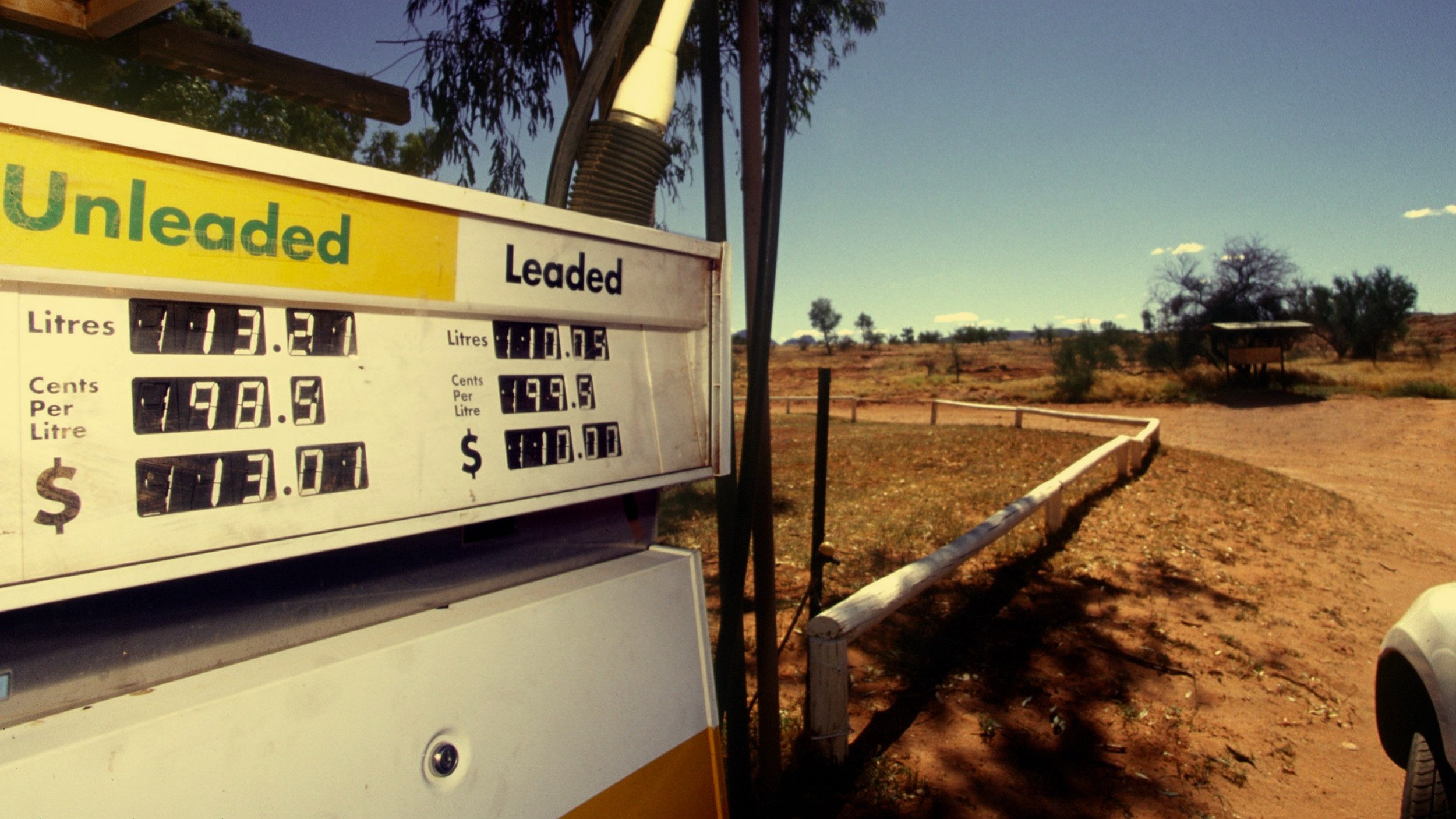Lead, The Blue Mountains & A New Airport.
Lead, a heavy metal that was once widely used in household & industrial products from antiquity to modern times, may seem like a thing of the past, but it still poses a serious threat to our health & environment today.
You may know lead from the chunky acid cell batteries found in cars, fishing sinkers, wheel weights & many other applications; For anyone over the age of 30, chances are you remember leaded fuel available at almost every service station. In fact, lead fuel additives have had such a longstanding impact, despite its sale being banned Australia wide in 2002, we still refer to regular petroleum as “un-leaded” fuel, a confusing expression implying that lead is naturally occurring in fuel & further processing has removed this harmful element from the petroleum - not the fact that we simply stopped adding lead compounds to fuel after realising that its pretty bad stuff!
Lead found in our environment can generally be classified into two categories. Organic lead or inorganic lead depending on the way the lead atoms are bonded to other atoms within a molecule.
Inorganic lead is a metal that is typically found in its elemental form, such as in lead pipes & batteries or compounds that are formed when lead is combined with other elements like oxygen, sulfur, or chlorine.
Organic lead, on the other hand, is formed when lead is combined with carbon & hydrogen atoms. Organic lead compounds have been used in various applications, such as pesticides, plastics, paints & the aforementioned petroleum. Organic lead compounds are typically more lipid soluble than inorganic lead, & as such are more easily absorbed by the body.
Typical soil analysis from the surrounds of an older building within the Blue Mountains (built prior to 1974)
Lead compounds are easily absorbed by the body via inhalation, ingestion & even osmotically permeates skin where it can accumulate in tissues, leading to various health problems such as nerve damage, developmental delays & reproductive problems.
Entire paper available to read here
A lasting legacy of lead contaminated homes & land in Australia have contributed to an abundance of ongoing research & statistical data. It comes as no surprise that a recent study of backyard hen eggs contain levels of lead 40 times higher than that of commercially available eggs from the supermarket.
Lead - Now with extra Benzene!
So, what does the historic use of leaded fuel mean for you the homeowner?
Well, imagine it’s 1960. You awake on a cold winters morning in The Blue Mountains, there’s frost on the windows. After finishing your crumpet you decide that you should start your brand new car (Chrysler, Datsun, Holden or Beetle) but considering electronic fuel injection hasn’t been invented yet, you’re required to pull the choke lever restricting the airflow through the carburettor allowing the engine to start & idle whilst running incredibly rich - causing unburned fuel vapours to make a thick smoke bellowing from the exhaust. Good, you say to yourself as you return to the warmth inside to finish your coffee & give a lazy 5 minutes for your car to warm up. These warm exhaust vapours with semi combusted particulates slowly rise in the cooler air making their way through eave vents, gable penetrations or through the gaps between roof tiles eventually coming to settle & build up within the ceiling cavity.
The scenario just described is just one day, now consider this happening everyday for almost 50 years, add to this households with more than one car, poorly tuned/maintained vehicles or even what kind of fuel was getting poured into the smokey old lawnmower.
Einzig Industrial director Cameron Little's lead blood levels on display: Despite all the knowledge, experience, precautions & PPE, the quantitative levels were elevated in 2022 & whilst returning to the threshold of normality in 2024, still remain higher than the national average. Imagine what the average sparky or insulator crawling around a ceiling cavity with no PPE is exposing themselves to!
What of the airport mentioned in the title of this post?
Well, with Sydney’s new Western Airport nearing completion, we can all be excited about the beautiful sounds & sights of majestic planes soaring overhead but did you know that aviation fuel often referred to as AvGas still contains lead in Australia & many other countries.
Considering The Blue Mountains is already regarded as one of the more lead contaminated regions of NSW, it truly seems unfavourable to introduce an additional stream to further lead contamination across the area.
Should you be concerned?
Not unlike asbestos, snakes & unexploded WW2 ordnance - the lead dust found in your ceiling cavity isn’t actively trying to target or harm you however much like asbestos, snakes & unexploded WW2 ordnance the lead dust in your home could become harmful in the event of disturbance. Generally speaking the most common form of disturbance is renovations, replacing lights or having new insulation installed, although roof or ceiling damage from water, fires or falling trees is also a source of exposure. Even friendly possums scuttling about at night will impact the air quality of your surrounds.
So, be mindful before you go playing around in your ceiling cavity & if you’re planning some renovations or thinking of installing some new insulation it may be worth reaching out and having an obligation free chat.






